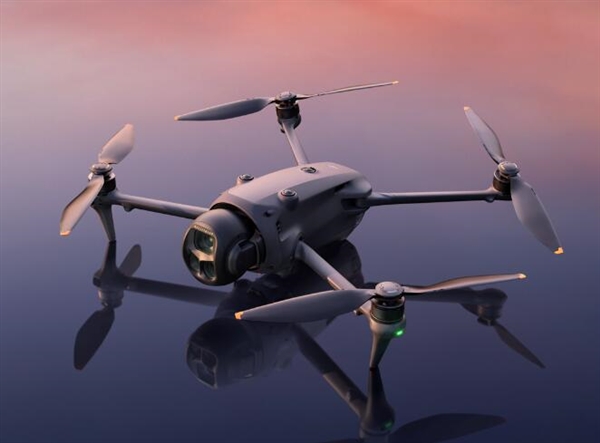Drone Fishing: Techniques and Tips to Enhance Your Skills
Drone fishing has revolutionized the angling experience, offering unique ways to reach deeper waters and drop baits with precision. This modern technique uses drones equipped with bait release systems and cameras, providing anglers with unparalleled accessibility to prime fishing spots. Whether you’re a seasoned fisherman or a curious beginner, mastering the art of drone fishing requires a blend of technical understanding, preparation, and innovative strategies.
The Advantages of Using Drones for Fishing
Drones grant anglers access to waters that are otherwise unreachable. Instead of struggling with long casts or navigating to remote locations by boat, drones can quickly and effortlessly transport bait beyond crashing waves or rocky surfaces. Moreover, high-quality aerial views from drone cameras assist in locating schools of fish, helping anglers save time and effort.
Another substantial benefit involves tackling challenges associated with deep-sea fishing. Traditional anglers often face obstacles such as tangled lines or bait misplacement. Drones eliminate these issues by ensuring accurate and tidy bait drops.
Essential Equipment for Drone Fishing
- Fishing Drone: Purchase drones specifically designed for fishing, equipped with durable bait release systems and waterproof features.
- Camera Technology: A drone with high-resolution cameras ensures clear visibility for spotting fish.
- Bait Release Mechanism: Opt for systems that operate smoothly and securely under pressure.
- Strong Fishing Line: Use heavy-duty lines that can endure the tension during bait drops.
- Battery Backup: Fishing often spans several hours, so having spare batteries is critical for uninterrupted operations.
Techniques to Maximize Your Drone Fishing Success
While drone fishing offers immense possibilities, success heavily depends on strategy and execution. Below are key techniques to enhance your drone fishing efforts:
Understand the Environment
Before deploying your drone, study the water terrain and weather conditions. Use the drone’s aerial camera capability to scan the area for optimal fishing zones. Analyzing patterns of water movement and coastal structures can also help identify spots frequented by target species.
Master Drone Maneuvering
Learning to maneuver your drone is crucial. Practice in open spaces to enhance precision and control, focusing especially on smooth bait drops. The more adept you are at handling your equipment, the faster you’ll notice improved results.
Optimize Rigging Techniques
Pairing the right rigs and bait with your drone fishing setup is necessary to attract the desired fish. Commonly used baits include live baitfish, squid, or even artificial bait. Ensure the payload weight is within your drone’s capacity to avoid mechanical stress.
Furthermore, quick-release rigs add efficiency, enabling the bait to detach readily when it lands in the water.
Safety First
Drone fishing, like any other outdoor activity, involves risks. Always follow safety guidelines, such as researching local drone regulations and maintaining a buffer from high wind and stormy conditions. This will not only protect your equipment but also ensure a great fishing experience.
Drone Fishing Etiquette
With the growing popularity of this method, respecting fellow anglers and the environment is paramount. Avoid overcrowding at popular fishing locations and focus on ethical practices. Additionally, ensure your drone operations don’t disrupt marine wildlife.
Frequently Asked Questions (FAQ)
What type of drone is best for beginners in fishing?

For beginners, consider lightweight drones with beginner-friendly functionality and a straightforward bait release mechanism. Brands like DJI provide robust options ideal for entry-level enthusiasts.
Can I use my regular drone for fishing?
Not all drones are suitable for drone fishing. You’ll need waterproof and wind-resistant drones designed for rugged conditions, equipped with a bait release system.
Is drone fishing legal everywhere?
Drone fishing might be restricted or regulated in certain areas. It’s essential to research local laws and obtain necessary permissions before proceeding.